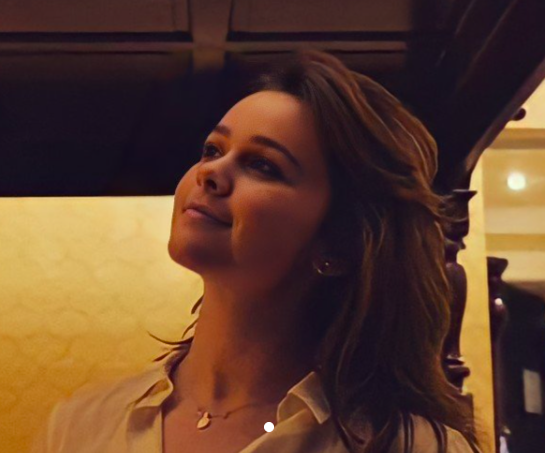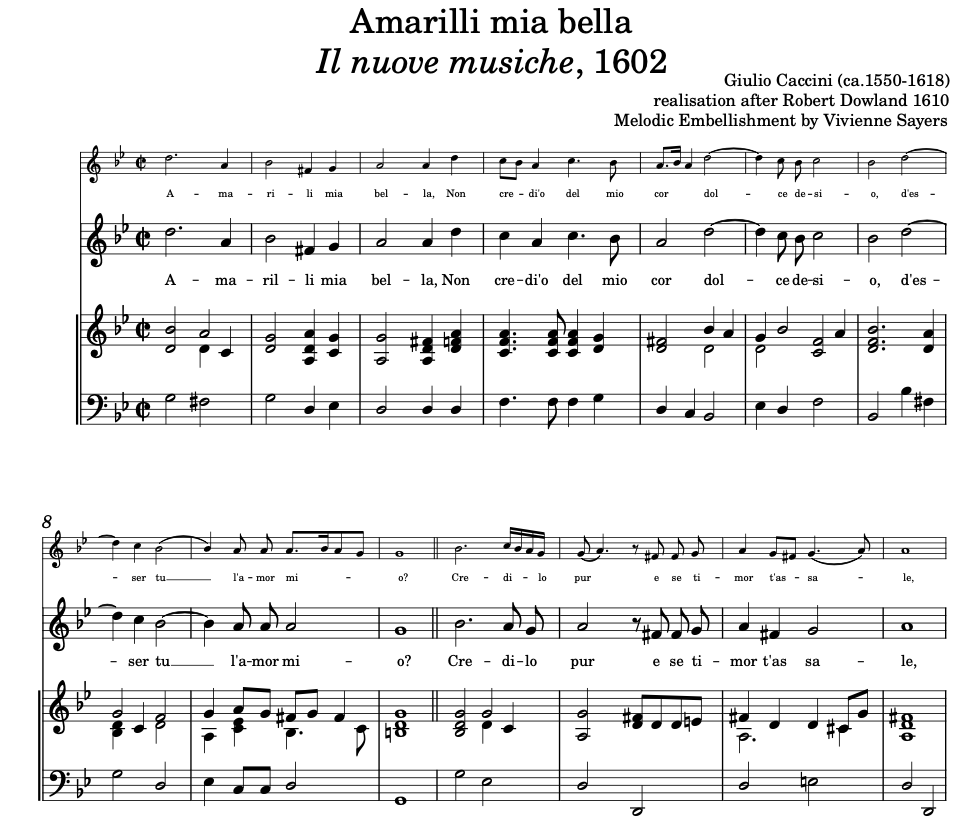Artist Biography
Irish born, Massachusetts based singer, conductor, teacher, and award-winning entrepreneur Vivienne Sayers has been honing her extensive skills in conducting and early music since beginning her Bachelor’s Degree in Music in 2018. Originally a violinist, Vivienne’s main interests lie in the chamber and vocal music of the seventeenth century and historically informed performance practice.
As an artist, I recognize the value of enhancing traditional approaches to voice training, utilizing scientific approaches, concepts and methodology. I aim to educate performers to be receptive to scientific ideas, research and creative thoughts about pedagogical approaches. My passions lie in laying the invaluable foundations for facilitating the evolution of the voice.
I am a proponent of learning from one another’s experiences. My theory is simple: the potential of multiple minds is greater than one. If the minds come from disparate worlds, even better. I always learn something new from watching how others ingest the sometimes delightful, sometimes contentious process of working with other brilliant creatives.
Contact:
SayersVivienne@gmail.com
Thesis Abstract
Much of what we think of as historically informed performance techniques are hypothetical. ‘Historically informed performance’ is a phrase that both music historians and artists struggle to define precisely as a result. Matters of interpretation must always come down to the interpreters’ natural musicality, but questions of truth are frequently settled by reference to surviving evidence, and their impact on interpretation may be profound. In order to provide additional insights on the relevance, purpose, and nature of ornamentation in the aesthetics of early seventeenth-century instrumental music, this paper presents the opinions and comments of late sixteenth and early seventeenth-century theorists, composers, and performers.
Anyone specializing in the interpretation of early music needs not only a sufficiently scholarly grasp but sufficient competence and experience as a practicing musician. One must be able to get inside the problems as they come up in rehearsal; one must be able to envisage solutions that can come off in performance. Scholarship can only be helpful if it is used musically. The musician must be in a position to weigh one piece of evidence against another. An isolated statement, out of context, and perhaps untypical can lead to a devastatingly unmusical result
To provide additional insights on the relevance, purpose, and nature of ornamentation in the aesthetics of early Seicento (seventeenth-century) vocal music, this thesis presents the opinions and comments of late sixteenth and early seventeenth-century theorists, composers, and performers. Theoretical learnings and practical experience of period ornamentation gathered from treatises will be combined to interpolate a new embellished realization of Giulio Caccini’s (1551 – 1618) ‘Amarilli mia bella’ (1601).



